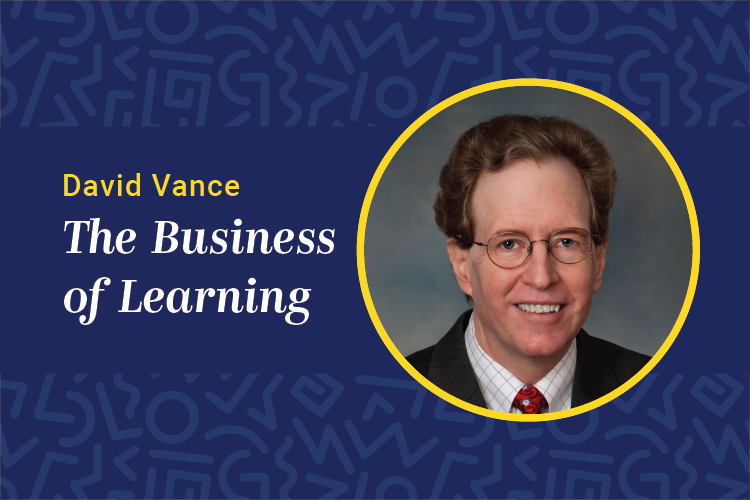Many mid- to large-size companies offer the benefit of a 401(k) plan, but few provide the education necessary to motivate workers to invest in this savings vehicle. Making this investment can be an especially intimidating decision to an employee who doesn’t know what to invest in, how to navigate risk or how to assess gains and losses.
The National Association of Online Investors, which offers investor education, surveyed a sampling of its students and found that quite a few did not participate in their company’s 401(k) plan because they didn’t know what the benefits were, didn’t realize a need to do it and didn’t have the confidence to do it.
“The statistics I’ve looked at show that between 20 and 30 percent of eligible employees don’t participate,” said Lee Hevner, president of NAOI, which also has the 401(k) Participant Empowerment Program. “It all boils down to two things: awareness and confidence. There are a lot of people who are not aware of the looming retirement challenges, [and] there’s a lack of awareness of [401(k) plan] benefits. There’s [also] a lack of confidence. People don’t have a lot of confidence in their ability to make wise or effective investment choices, so they tend to ignore them.”
To combat awareness and confidence issues, companies need to invest in 401(k) plan education instead of information.
“Our students tell us that their companies are providing them with information as opposed to education. [It’s a] big difference,” Hevner said. “One of the biggest manifestations of that is companies sometimes assume that their employees understand the basic principles of investing. Well, a lot of them don’t. We believe that what many companies are doing wrong is that they are not providing the basic foundation of investing knowledge needed for their employees to take advantage of their 401(k) plan.”
Educating a workforce about 401(k) plans means going beyond handing out a brochure or memo. There needs to be a more academically rigorous structure to teach employees about how to invest in this benefit.
“Students need to become involved in the process,” Hevner explained. “They need to first be shown the basic principles of investing. Then they need to be involved in the process of developing their own unique investing plan. They’re not going to see where a 401(k) fits unless they have first taken the time to analyze their existing situation, understand the problems that are looming and then develop a plan to reach it. Once they’ve got that plan in place, then they have the structure to really start to investigate the benefits of a 401(k) plan that a company offers.”
Without true education, employees won’t gain that confidence and, as a result, won’t participate in their companies’ 401(k) plans.
“We think an online and a hard-copy format, seamlessly combined, provide the optimal learning situation,” Hevner said. “We also think it’s important that each student have an individual student record such that when they’re reading, they don’t just read. They read and then they are tested to reinforce their learning retention. Once you’ve got a testing module in place, then that opens up the possibility to reward people for completing the material. Effective education depends upon motivation and reward.”
Any company that has a 401(k) plan should provide their employees with education about that benefit. It’s a simple measure that doesn’t take a lot of time or money.
“If a company has a good 401(k) plan and can articulate that and show the benefits of people investing in it, then they will attract higher level employees, they will retain employees that they have and the morale of these employees will benefit,” Hevner said.














